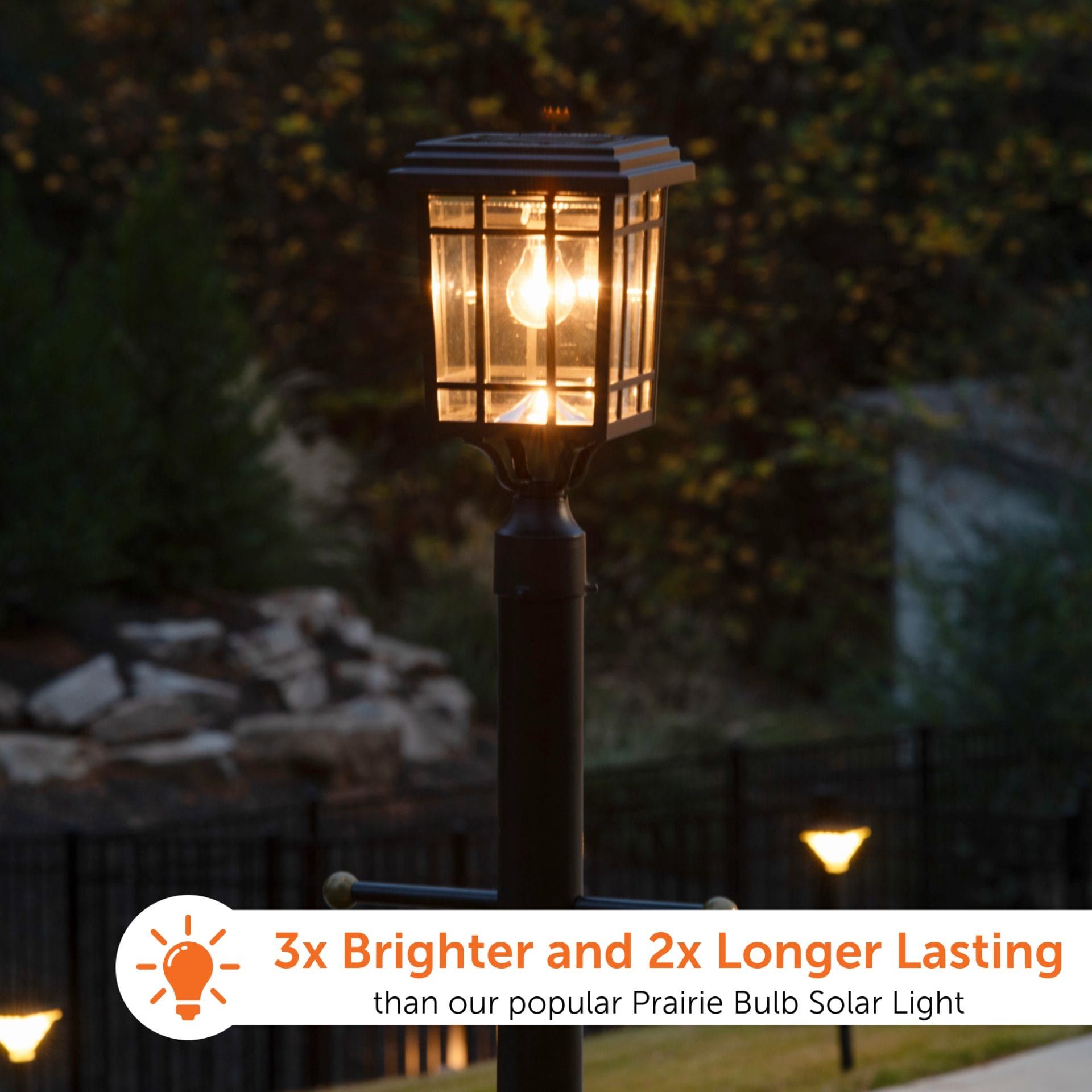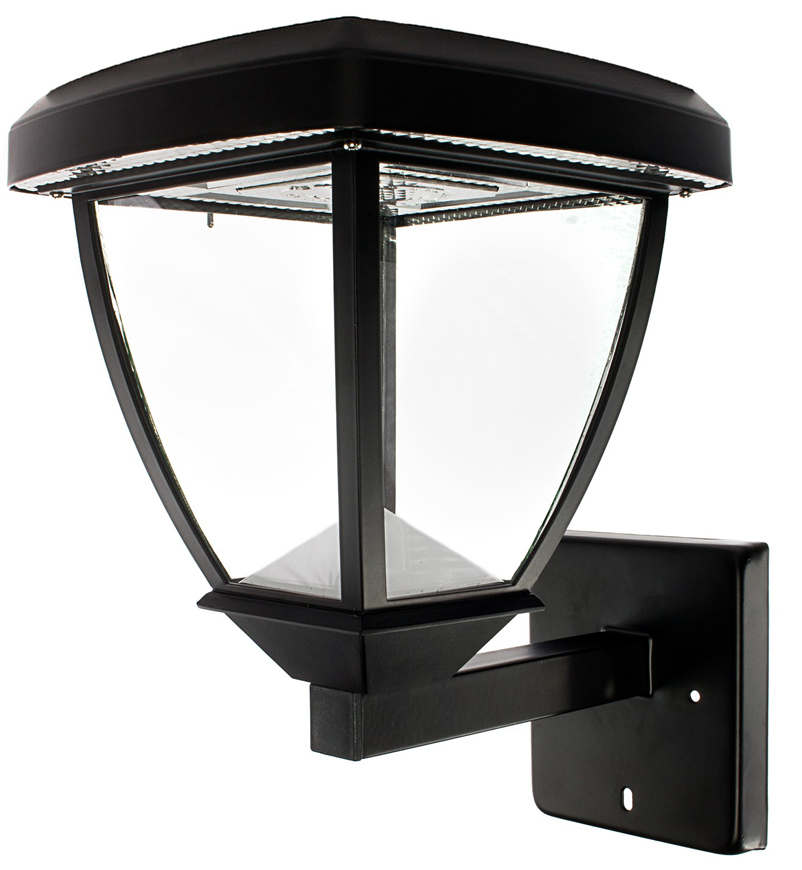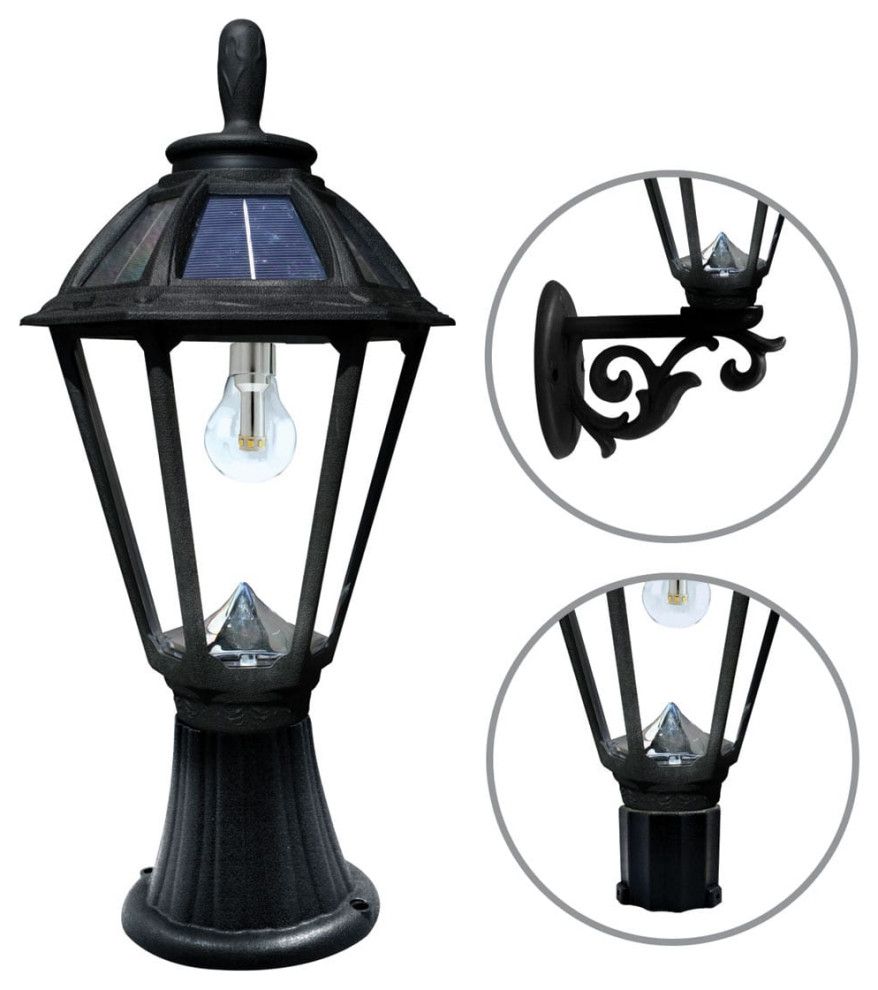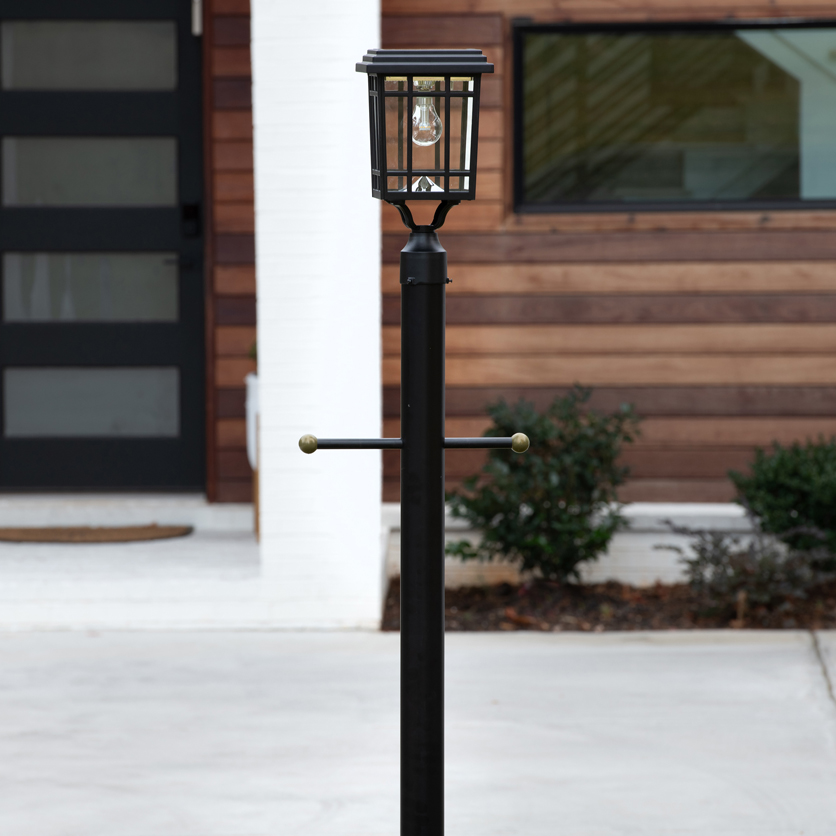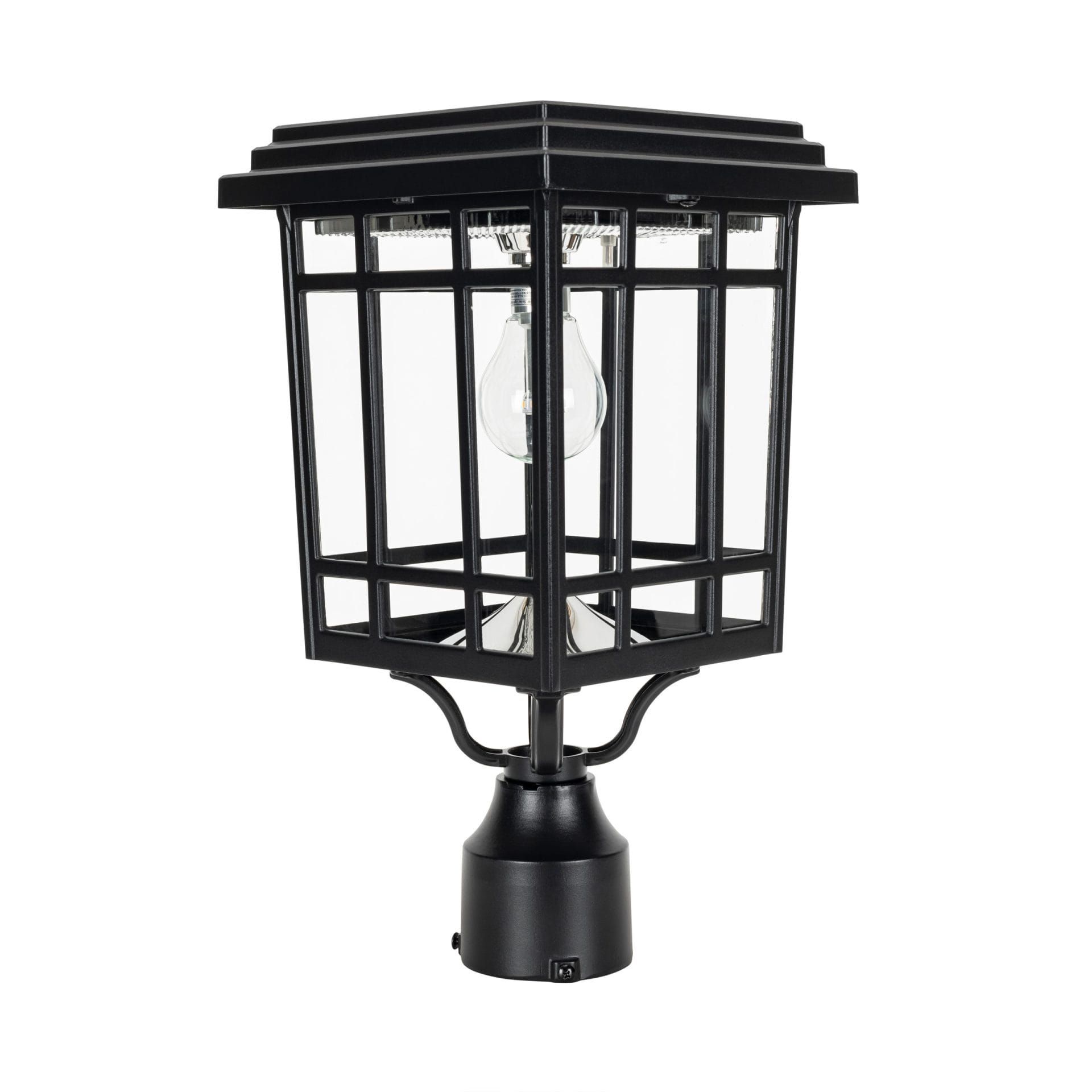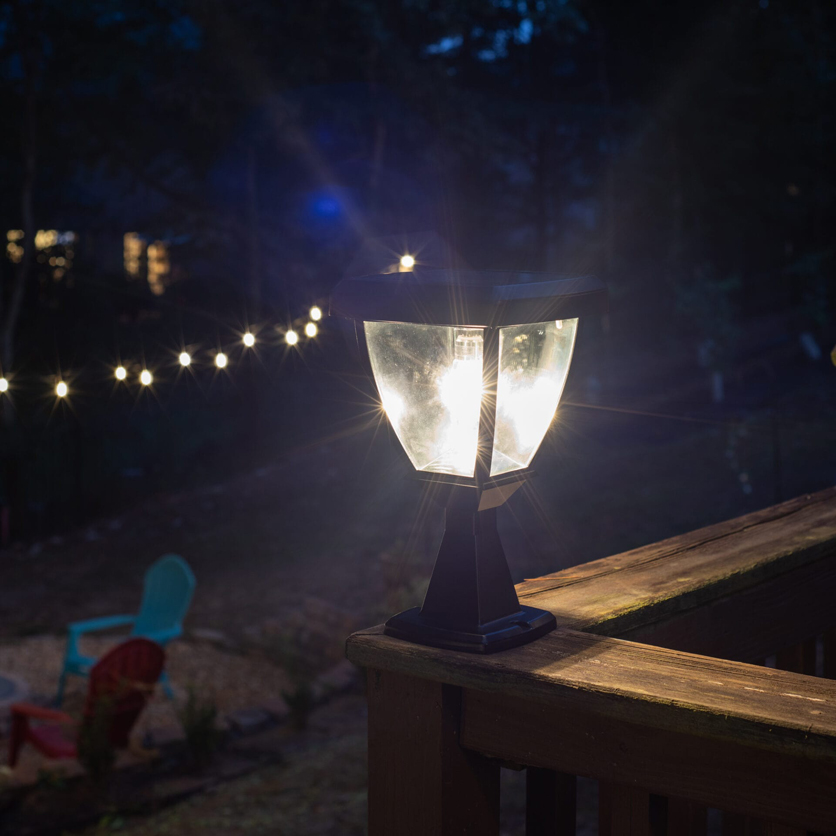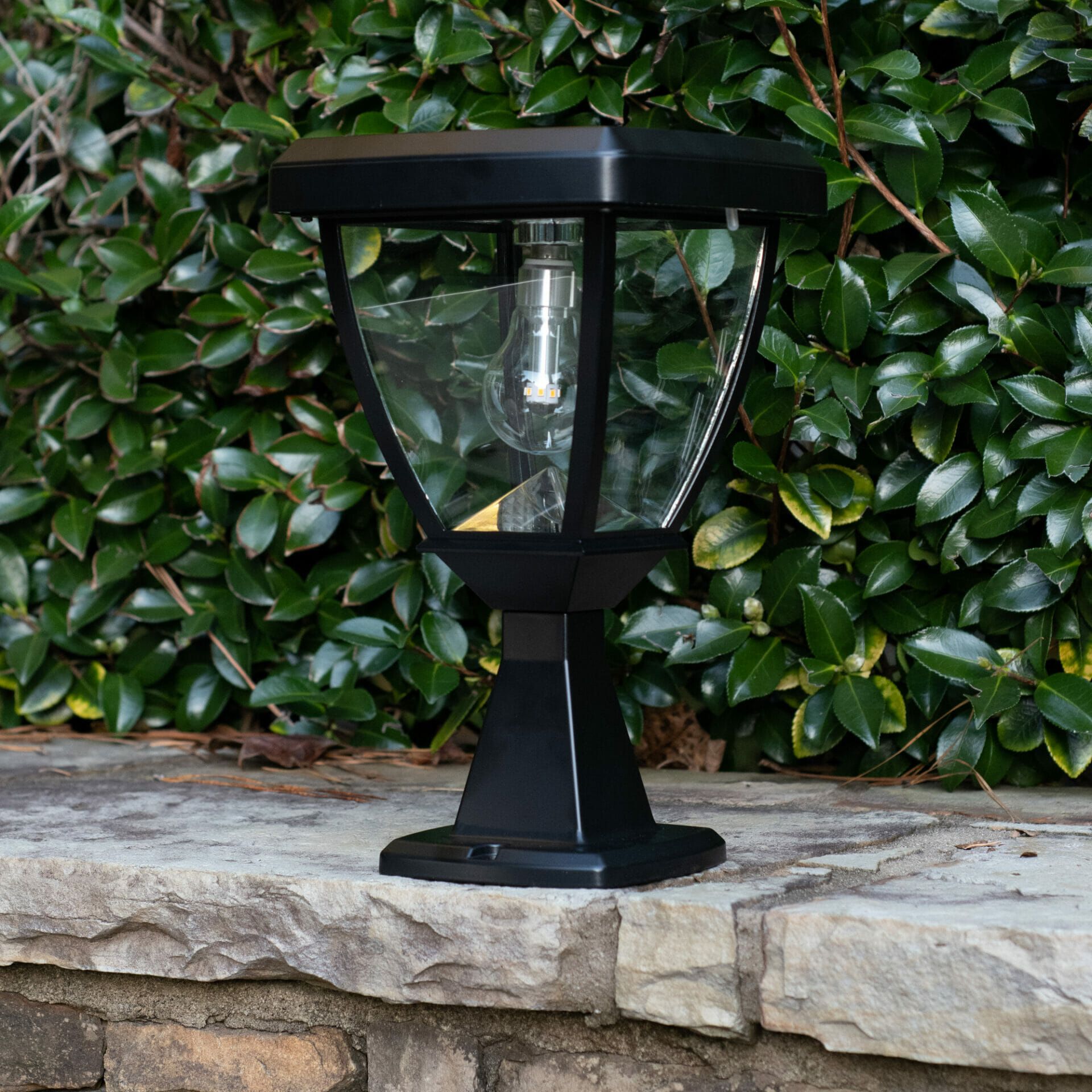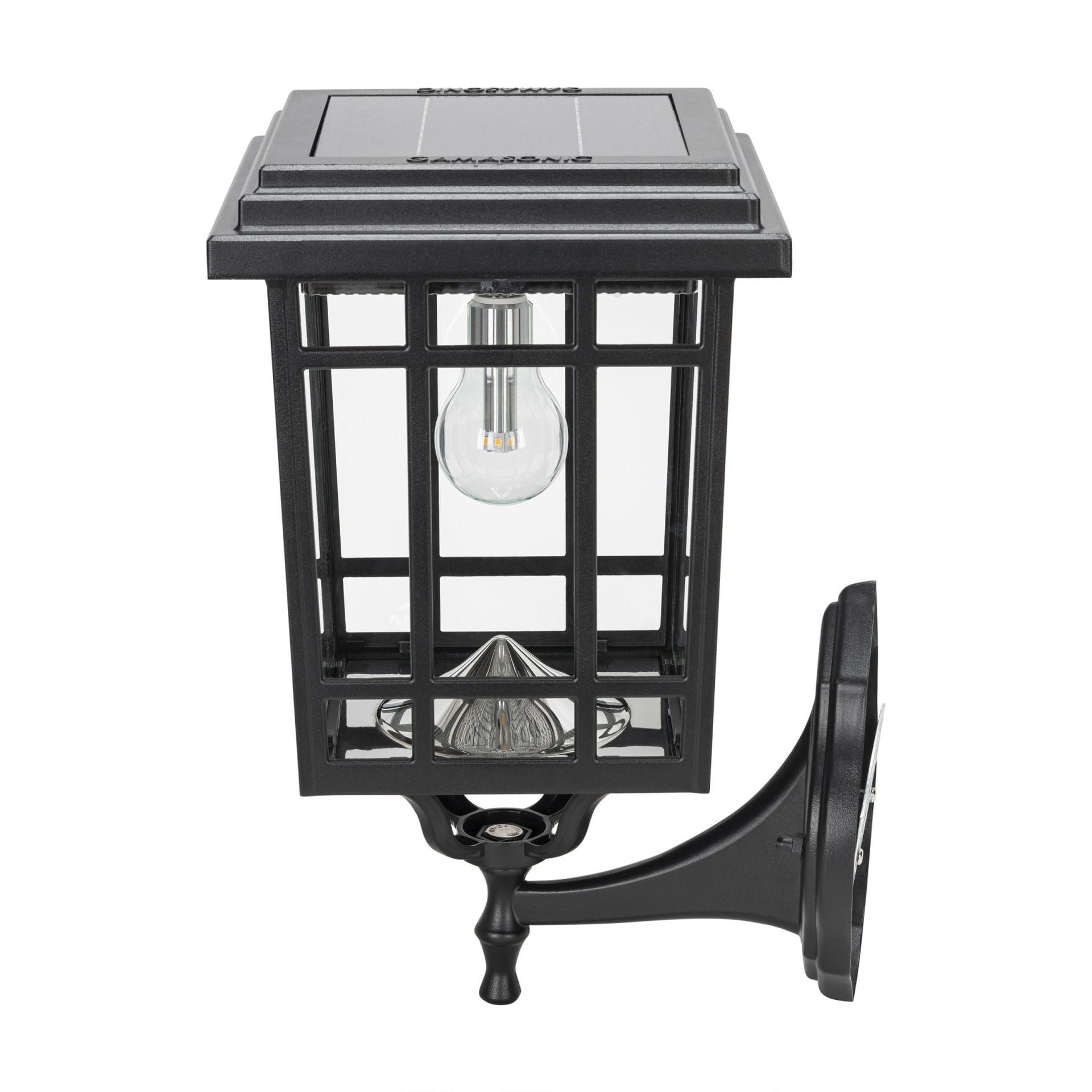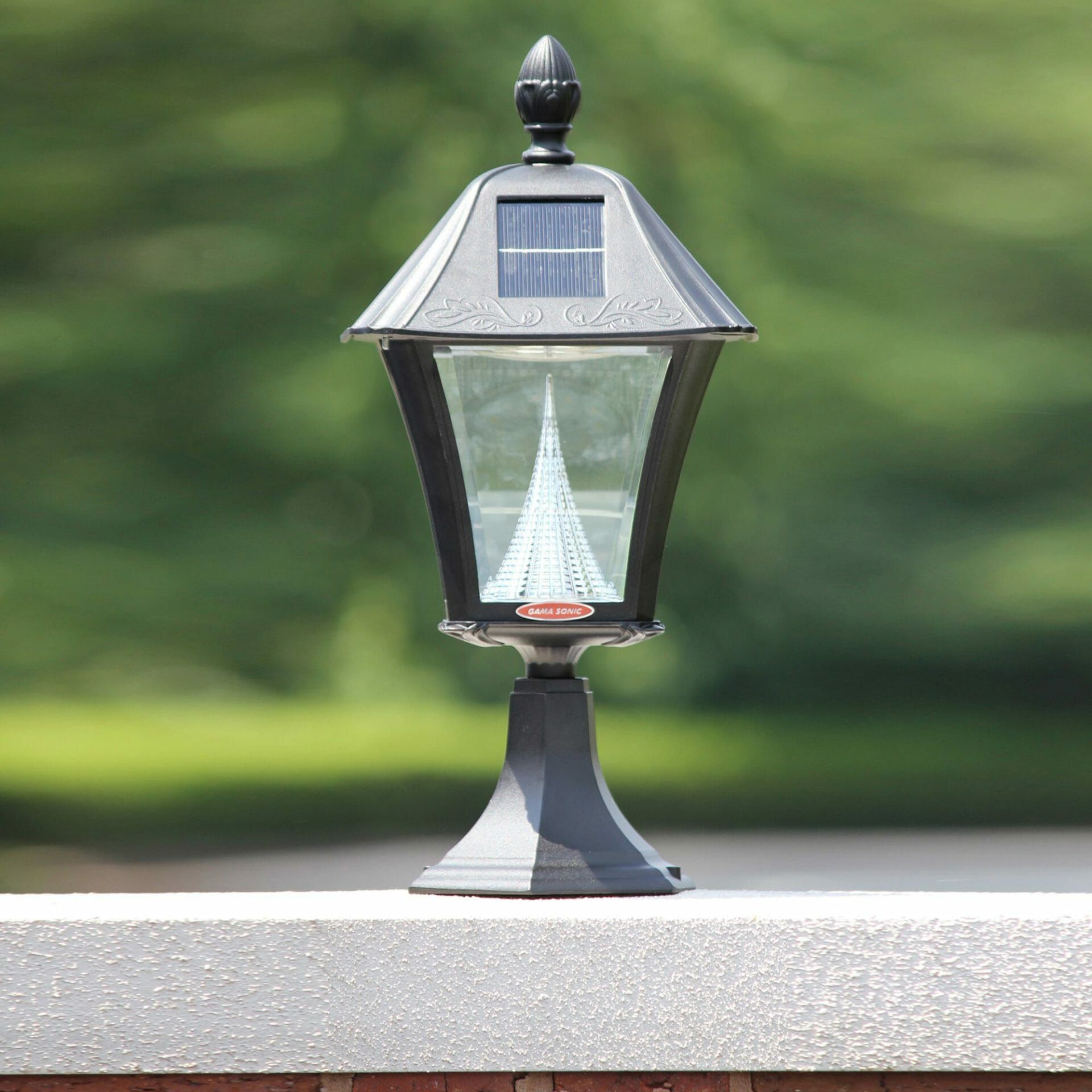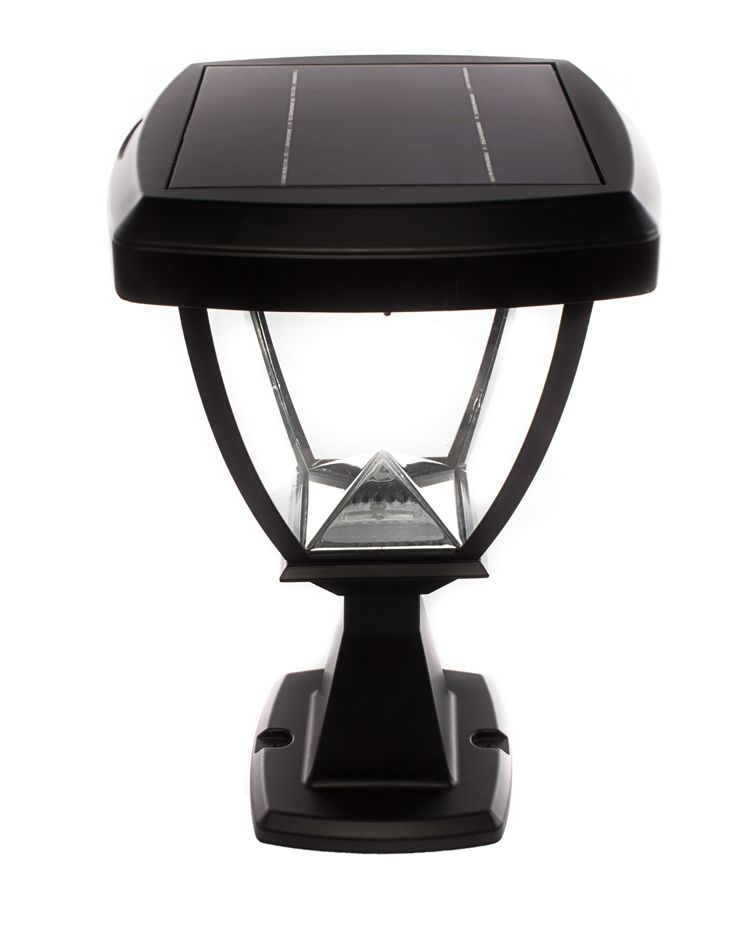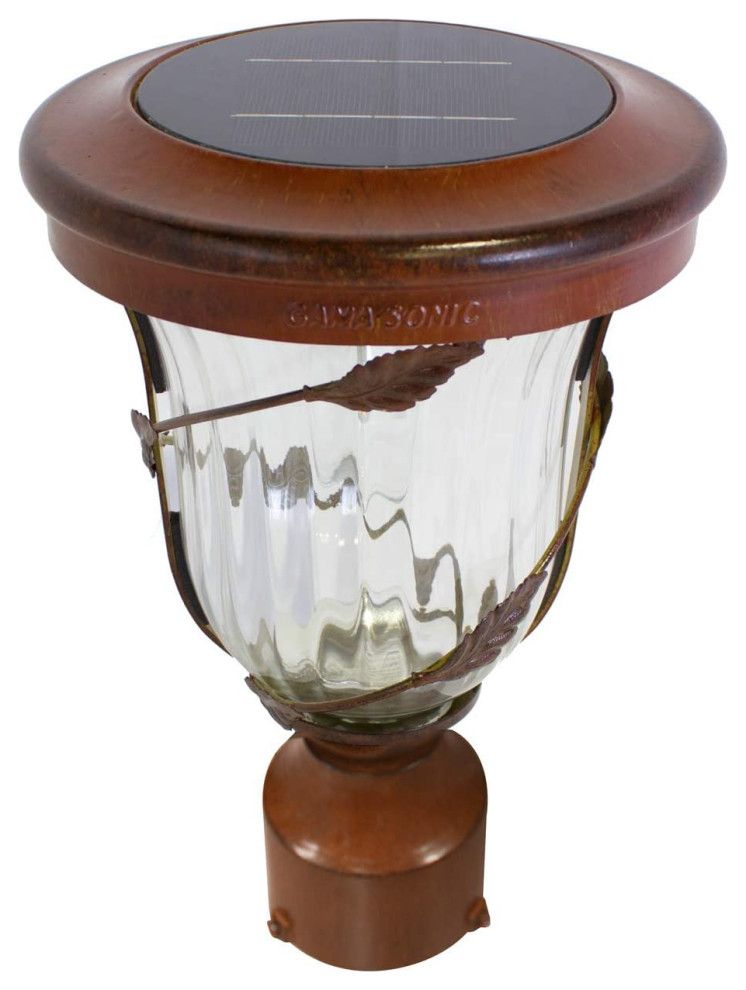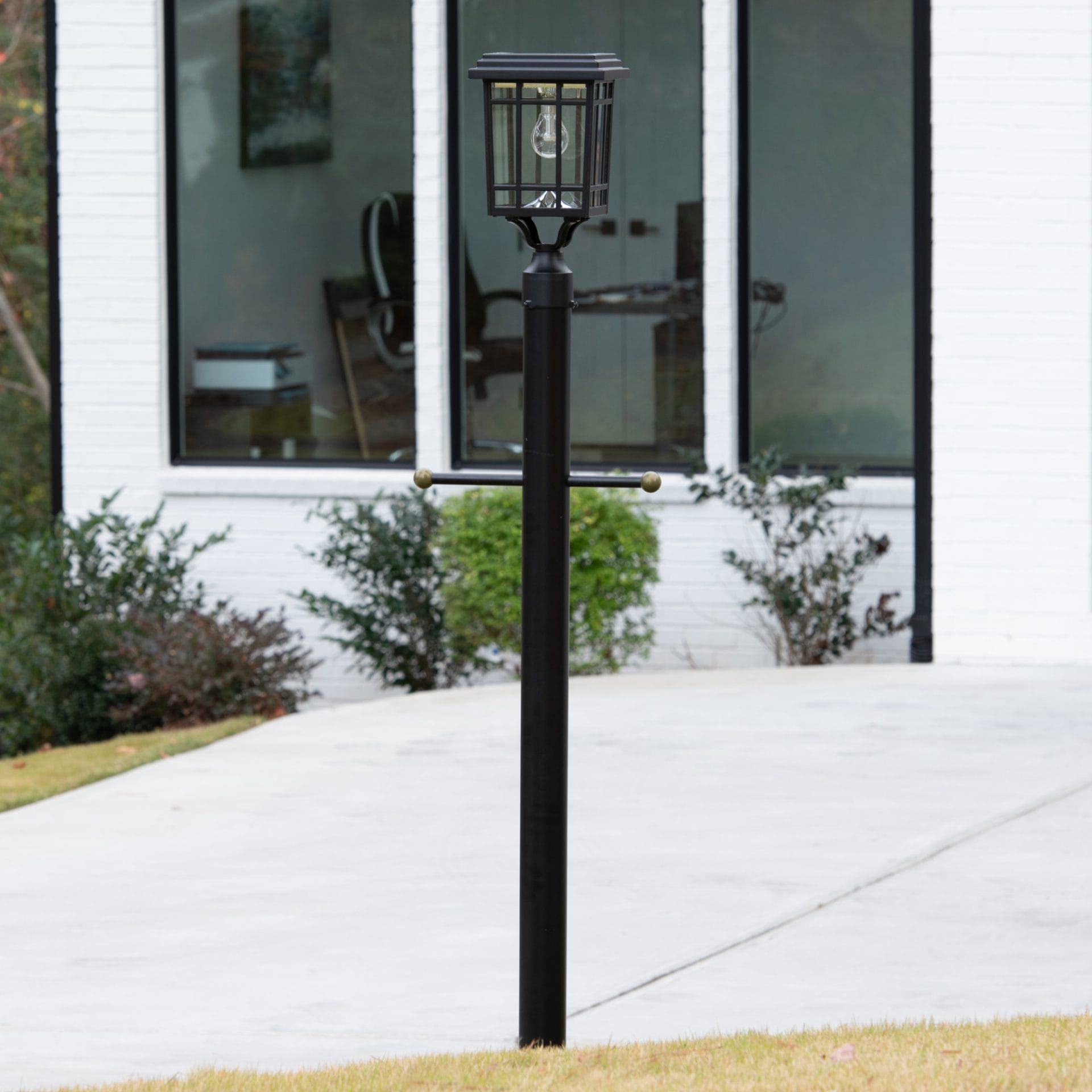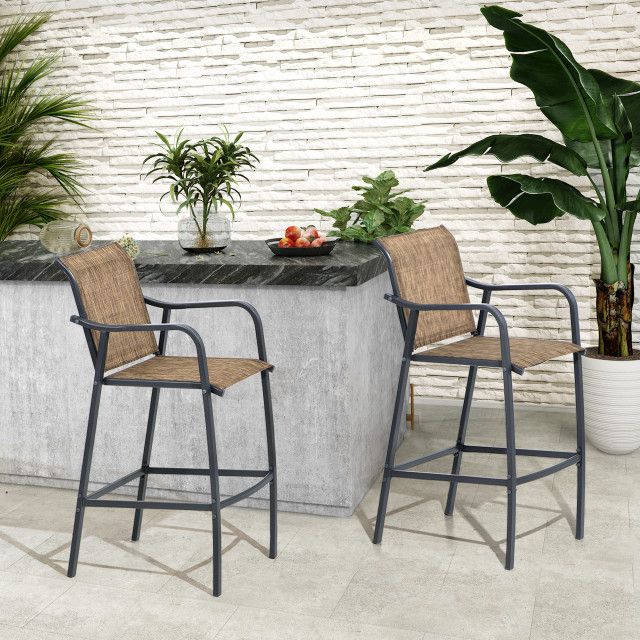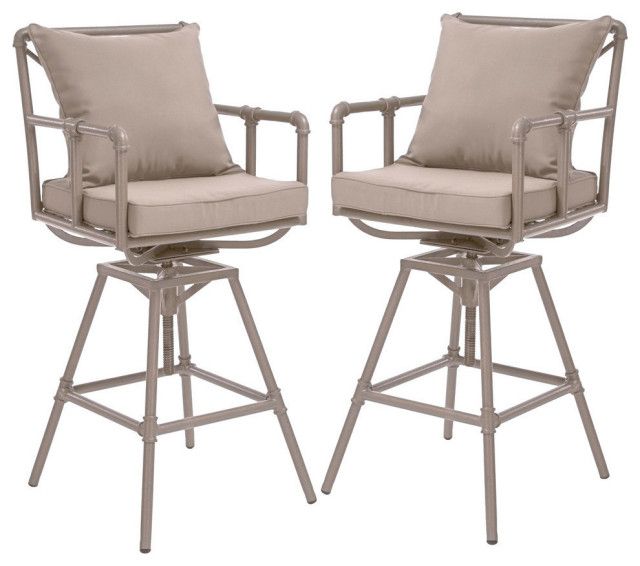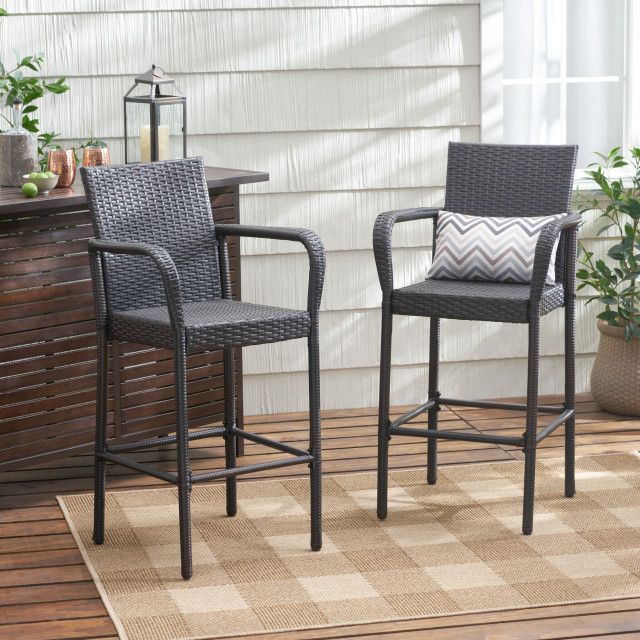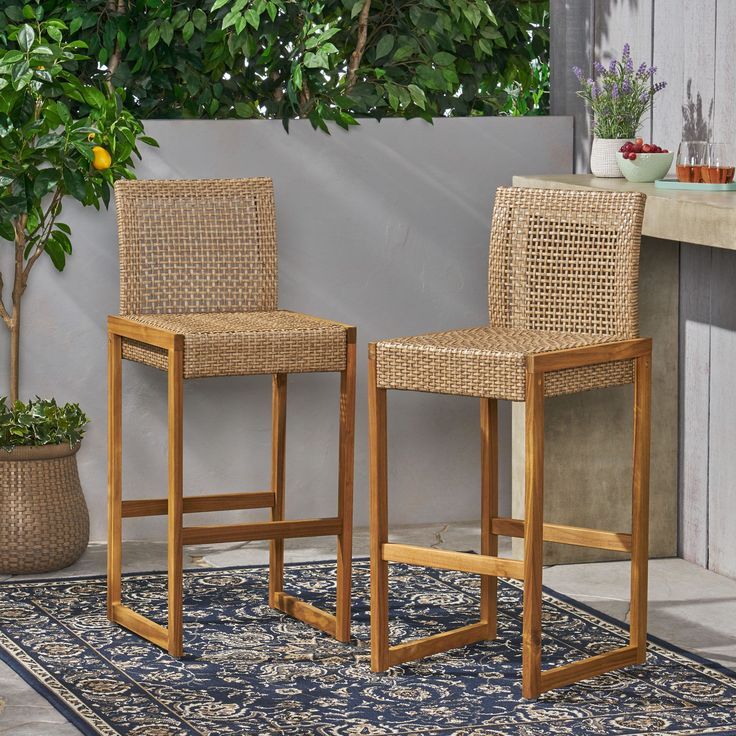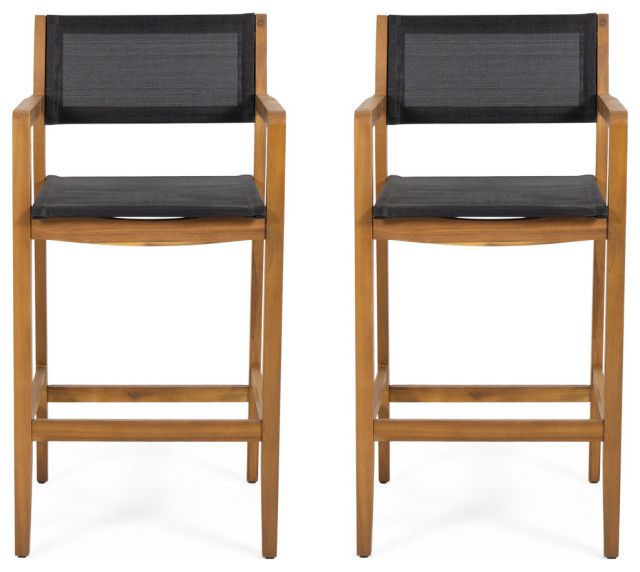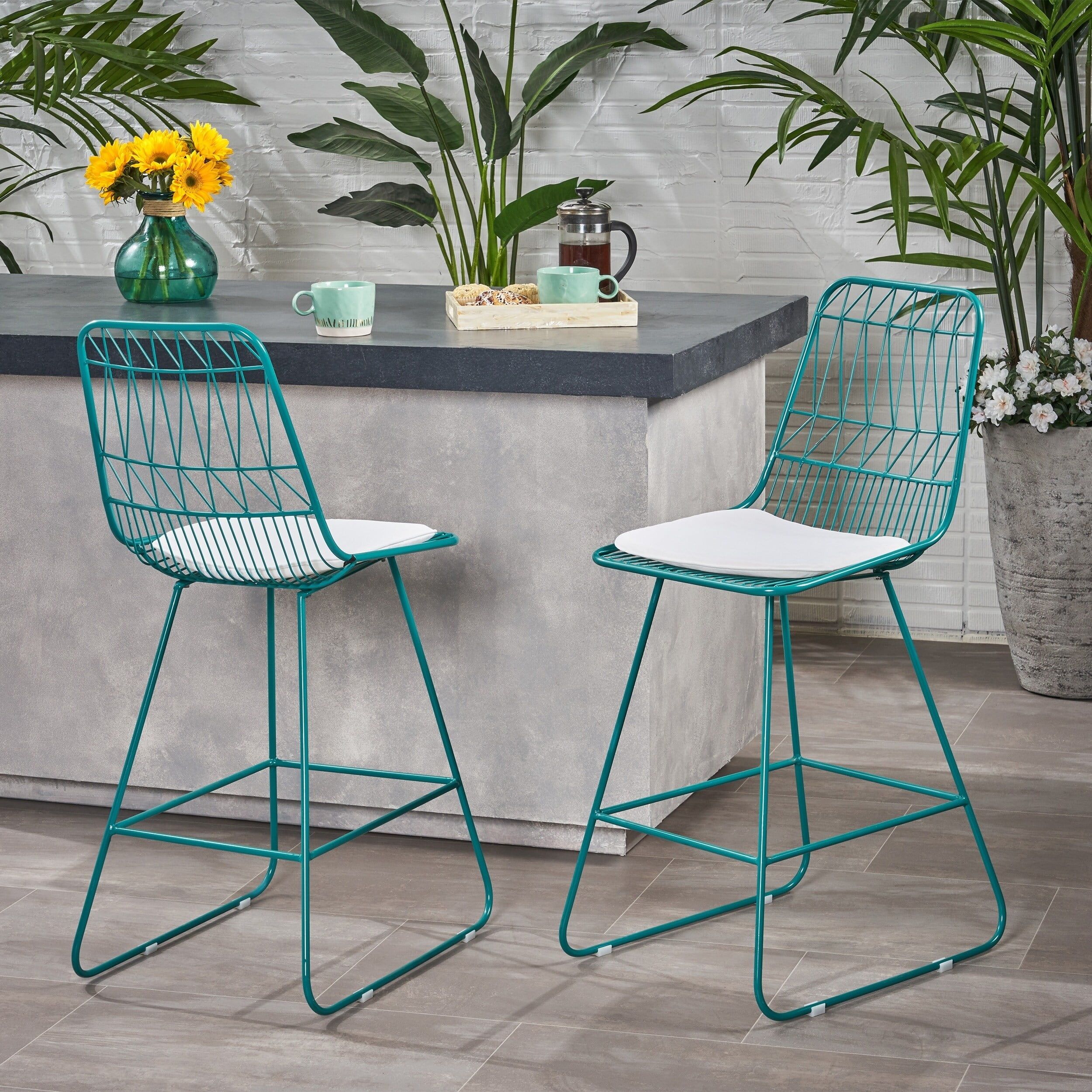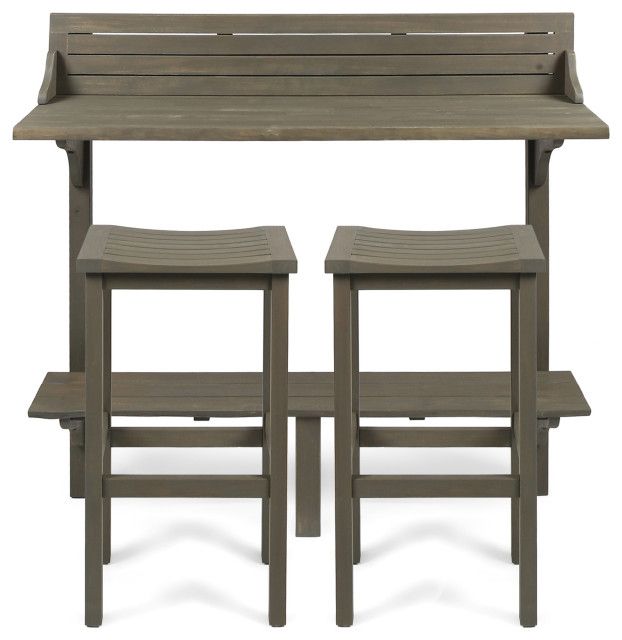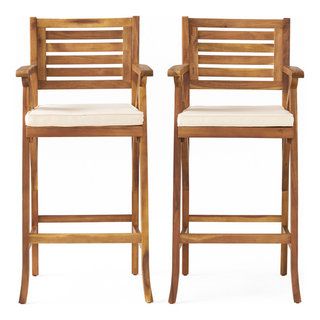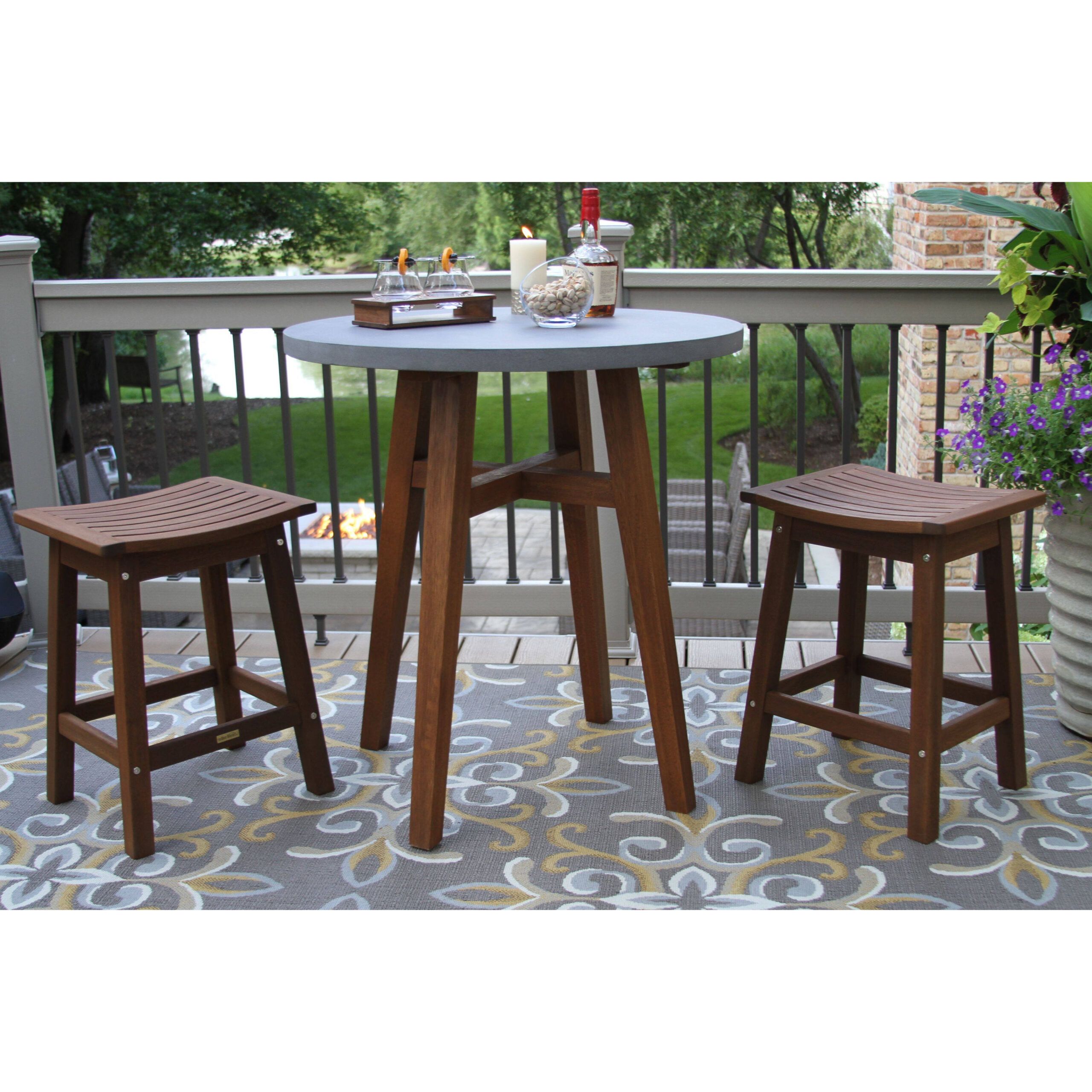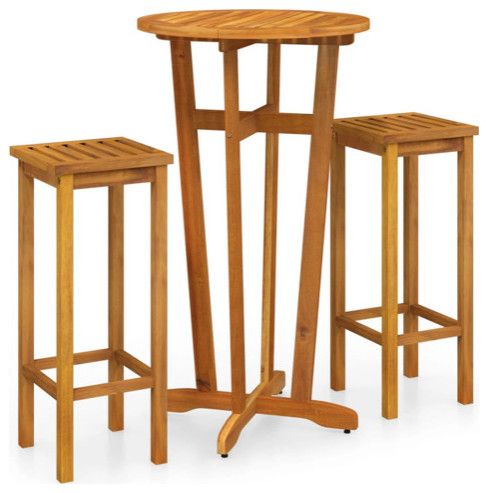Hey everyone, it’s your friendly neighborhood solar guru here. Ever found yourself staring at a dimly lit or completely dark solar wall or pier light, scratching your head? Believe me, you’re not alone. Solar lights are fantastic, offering a green way to illuminate your outdoor spaces. However, they aren’t always perfect. I’m here to walk you through some typical issues and show you how to get your lights back to their glowing best. We’ll cover everything from basic fixes to a few things you might not have thought of. Let’s dive in and get those lights working again, shall we?
Solar wall and pier lights are a fantastic way to brighten your exteriors without the hassle of wiring and rising electricity bills. But, like any tech, they can act up. Understanding the common culprits behind these problems is the first step toward fixing them. We’ll break down the main issues, from the simple to the slightly more involved, so you can troubleshoot like a pro. Plus, I’ll share some helpful tips and tricks I’ve learned over the years, based on fixing my own lights and helping countless others.
The Battery Blues: Power Problems
The battery is the heart of your solar light. If it’s not working correctly, your light won’t shine. Here are some things to consider:
- Battery Age: Batteries degrade over time. Even the best ones eventually lose their ability to hold a charge. If your light is old, a new battery might be the solution. Check the light’s manual for the right type.
- Charging Issues: Make sure the solar panel is getting enough sunlight. Cloudy days can mean less charge. Also, check for any obstructions like leaves or dirt covering the panel. Cleaning the panel regularly helps.
- Battery Corrosion: Look for any signs of corrosion around the battery compartment. This means moisture has gotten in, and you’ll need to clean it carefully, and possibly replace the battery and the compartment if the damage is severe. A small amount of corrosion can be cleaned with a bit of baking soda and water.
- Battery Type: Be certain you are using the correct battery type, and that it is fully compatible with your light. Using an incompatible battery can result in the light not turning on, or even damage the light itself.
Sunlight Sabotage: Panel Problems
Your solar panel is the light’s lifeline, capturing the sun’s energy. If it’s not doing its job, your light won’t function properly. Here’s how to troubleshoot:
- Blocked Sunlight: This is the most commmon issue. Make sure nothing is shading the panel, like trees, buildings, or even other lights. Repositioning the light can be all that’s needed. This is especially important during the winter months, when the sun’s path is lower.
- Dirty Panel: Dust, dirt, and debris can block sunlight. Gently clean the panel with a soft cloth and some water. Avoid harsh chemicals that could damage the panel surface. Cleaning your panels regularly can make a big difference.
- Panel Angle: Some panels need to be positioned at a specific angle to capture the most sunlight. Check your light’s manual for the recommended angle for your location. This can often be adjusted by loosening screws and turning the panel.
- Panel Damage: Inspect the panel for any cracks or damage. If it’s damaged, it may not be able to collect enough sunlight to charge your light.
The LED Letdown: Light Issues
Sometimes, the problem isn’t the battery or the panel; it’s the light itself. Here’s what to examine:
- LED Failure: LEDs can fail over time. If all the lights are out, the LED is likely the culprit. Some lights have replaceable LEDs, while others require you to replace the whole fixture.
- Loose Connections: Check all the connections inside the light, especially the ones between the panel, the battery, and the LED. Wiggle the wires gently to see if you can identify a loose connection. If you find one, try to carefully reconnect it.
- Water Damage: Water can get inside the light fixture and cause corrosion or short circuits. Look for any signs of water damage, such as condensation or rust. If the light is not waterproof, consider moving it to a more protected location.
- Dimming LEDs: Some lights have a dimming feature to conserve power. If your light is dim, check the settings to see if it’s set to a lower brightness level. If the light is old, it may just be the LED slowly dimming over time.
Sensor Sensibilities: Motion Sensor Mishaps
Many solar lights come equipped with motion sensors, which can sometimes cause issues. Here’s what to check:
- Sensitivity: Ensure the motion sensor is set to the correct sensitivity level. If it’s set too low, it might not detect movement. If it’s too high, it might be triggered by things like wind or passing animals.
- Obstructions: Make sure nothing is blocking the sensor’s view. Branches, bushes, or other objects can interfere with its ability to detect motion.
- Placement: The sensor’s placement is key. It needs to be positioned to get a clear view of the area you want to illuminate. Try adjusting the angle or location of the light.
- Calibration: Some motion sensors need to be calibrated. Check your light’s manual for instructions on how to do this. This often involves a simple adjustment to the settings on the light.
Environmental Effects: Weather Worries
The weather can have a big impact on your solar lights. Here’s how to deal with it:
- Cloudy Days: Solar lights rely on sunlight. During extended periods of cloudy weather, they may not charge fully. This can result in shorter run times or dim lighting. Be patient; they should return to normal once the sun comes back.
- Temperature Extremes: Extreme temperatures can affect battery performance. Very hot or very cold temperatures can reduce the battery’s capacity. This is especially true for older batteries. Consider the light’s operating temperature range, and the climate where you live.
- Humidity and Moisture: High humidity and moisture can lead to corrosion and water damage. Make sure your lights are properly sealed and protected from the elements. Consider using silicone sealant to seal any gaps or cracks.
- Seasonal Changes: The amount of sunlight you receive varies throughout the year. In the winter, you’ll get less sunlight, which can affect your light’s performance. Be sure to account for this, and plan accordingly.
Troubleshooting Tips and Tricks
Here are a few extra tips to help you solve common issues:
- The Reset Trick: Many lights have a reset button or process. Refer to your manual for instructions on how to reset your light. This can sometimes fix minor glitches.
- Check the Switch: Make sure the on/off switch is in the ‘on’ position. It sounds obvious, but it’s easy to overlook.
- Consult the Manual: Your light’s manual is your best friend. It contains specific information about your light’s operation, troubleshooting, and warranty. Keep the manual in a safe place, and refer to it whenever you have problems.
- Contact Support: If you’ve tried everything and your light still isn’t working, don’t hesitate to contact the manufacturer’s customer support. They can provide additional assistance and may offer a warranty replacement.
- Preventative Maintenance: Clean your solar panels regularly, inspect your lights for damage, and replace batteries as needed. These simple steps can extend the life of your lights.
- Consider Upgrading: If your lights are old and frequently malfunctioning, it might be time to upgrade to a newer model with more advanced features and longer-lasting components. Newer lights often have more efficient solar panels and batteries.
A Few Things to Remember
Remember, troubleshooting solar lights is often a process of elimination. Start with the easiest fixes, like checking the panel and cleaning it. Then, move on to more involved steps, such as testing the battery or inspecting the wiring. Don’t be discouraged if it takes a little time to find the problem. With patience and a little know-how, you can keep your solar wall and pier lights shining brightly for years to come. And remember, if you’re ever unsure, consult the manual or contact the manufacturer. They are there to help. Don’t be afraid to get your hands dirty and try some of these solutions. You’ve got this! And don’t forget to share your own troubleshooting tips in the comments below. Together, we can keep our outdoor spaces illuminated and green.
So there you have it. A comprehensive guide to diagnosing and repairing common issues with your solar wall and pier lights. From simple fixes to more in-depth troubleshooting, you’re now better equipped to keep your outdoor spaces illuminated. Remember to regularly maintain your lights, keep an eye on the batteries, and never underestimate the power of a good cleaning. Happy lighting, and here’s to brighter nights ahead.
